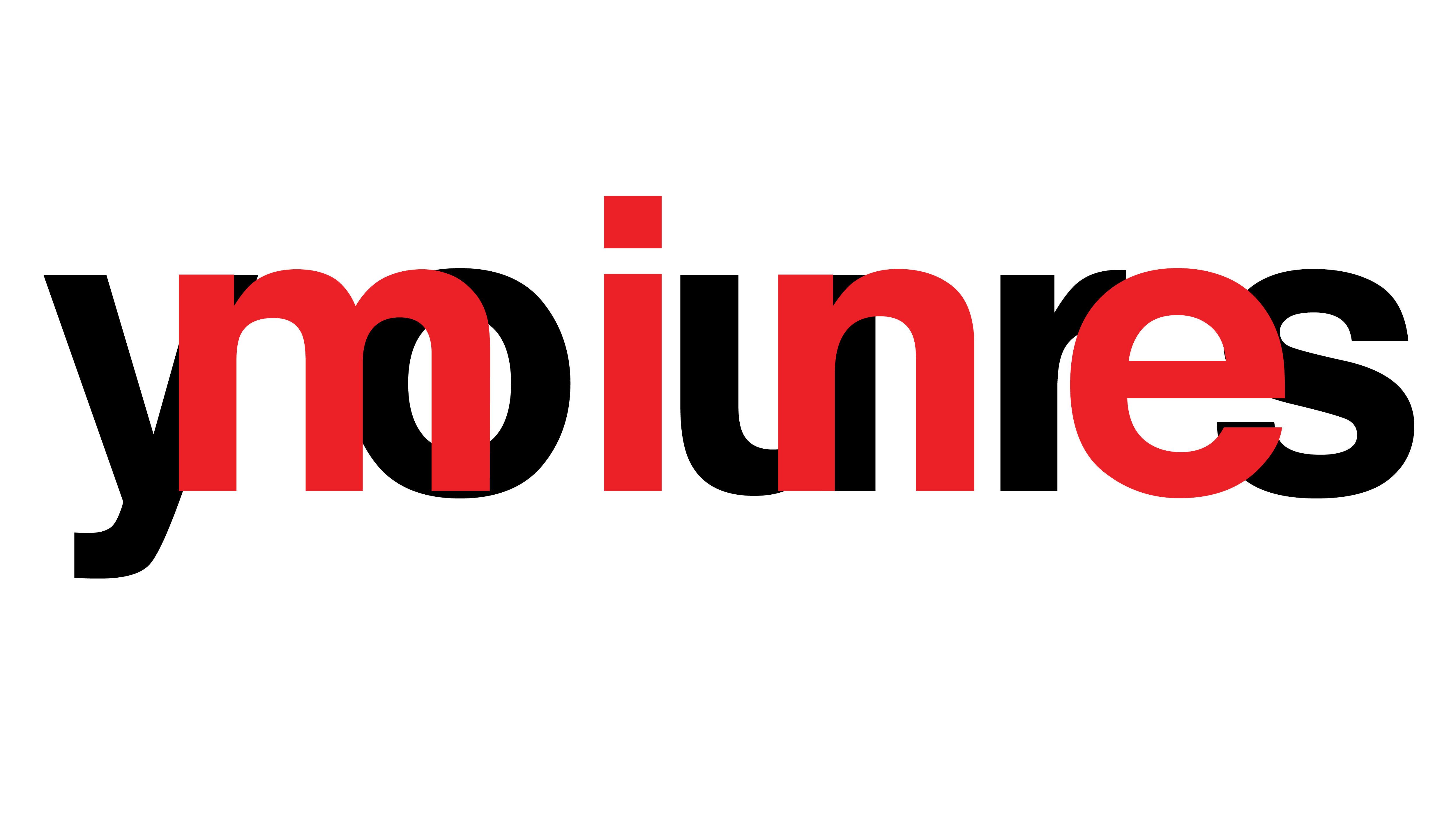 Alex Patterson
Alex PattersonPressed for time and with an essay deadline quickly approaching, Lachlan Watters* decided to take his roommate’s advice and contact a business responsible for writing university papers for students in similar situations. After all, it worked for his roommate.
Watters sent the email late on a Saturday, along with the rubric, syllabus, research question, and an e-Transfer for the service for $350. He received the completed 12-page paper on Tuesday and successfully submitted it that evening for his political science class. Not only did he make the deadline, he received a B on the paper.
Being caught for purchasing a paper and being charged with plagiarism never crossed Watters’ mind. According to him, “it’s not plagiarism.”
Every semester students doze off when professors give them the same old plagiarism speech and direct them to the academic integrity section buried at the bottom of their syllabi. Students simply glance over the first page of the course syllabus, jot down essay deadlines and exam dates, and disregard the rest.
“Nobody reads their syllabus anyway,” says Deborah Eerkes, the director of Student Conduct and Accountability, discipline officer under the Code of Student Behaviour (COSB), and the creator of the University of Alberta’s academic integrity program.
But if all students really understand what plagiarism and its repercussions are, theoretically, they wouldn’t commit it, right?
According to the University of Alberta’s Student Conduct and Accountability (SCA) statistical Report for the 2015/16 academic year, there were 250 charges of plagiarism: 200 undergraduate student offences, 29 graduate student offences, and 21 other offences involving open studies, Faculty of Extension, visiting students, previous students, and special students.
Although there were 250 plagiarism charges in 2015/16, it doesn’t mean there aren’t more acts of plagiarism committed each year. After all, Watters and his roommate are just two of the potential many other students who got away with plagiarizing.
As Eerkes explains, the process begins with a TA or professor noticing something “off” in a paper or assignment. Professors then discuss the issue with the student, and if they still presume it’s plagiarism, they send it up to the associate dean of that faculty who will then meet with the student and an advisor (if they choose). They discuss the issue together, and the student can respond to the allegations. If the associate dean believes the student plagiarized, they can place a sanction up to a failing grade in that particular class. And if it’s a bad case of plagiarism, or if it’s not the student’s first offence, it will be reviewed by a discipline officer who then decides whether a suspension or expulsion is warranted.
When Watters explained that he simply cheated, he wasn’t entirely incorrect. Eerkes explains that it’s possible for students to be plagiarizing and cheating, and therefore, can be charged with both. In his case, Eerkes explains, Watters is misrepresenting a fact he knew was false by putting his name on a paper he didn’t write, and he also used someone else’s words as his own.
Section 30.3.2(1) of the COSB reads, “No Student shall submit the words, ideas, images or data of another person as the Student’s own in any academic writing, essay, thesis, project, assignment, presentation or poster in a course or program of study.”
In addition, both “The Undergraduate Student’s Guide to Academic Integrity” and “A Guide to Academic Integrity for Graduate Students” compiled by Eerkes elaborate on this definition to also include unintentional plagiarism. This means if a student accidentally cites a source incorrectly or is lazy with his or her citations, that student is committing plagiarism. Both documents also provide examples of plagiarism:
- “Cutting and pasting material from an online source without quotation marks and proper attribution, even if no author is clearly named on the website.
- Using another’s idea as your own without attribution, including paraphrasing without a citation to the original source.
- Following the format and/or argumentation of an article without attribution.
- Copying material from another student either in an assignment or as part of an essay.
- Using data you did not collect on your own, without attribution, as the basis for your work.
- Allowing another person to correct or rewrite your work before submitting it to the point where it no longer reflects your own writing and/or intellectual abilities.
- Using a logo, graphic or cartoon you did not create, without permission and attribution.”
To put it simply, if you didn’t write or say it, come up with it, or solve it, it’s not yours — it’s plagiarism.
Essays are common among many courses in the Faculty of Arts. With essays come improper citations and uncertainties about written ideas. Theo Finigan, a former English professor at the U of A, talks about the red flags he looks for in essays that can denote instances of plagiarism.
“The obvious is a sudden change in clarity or quality, which are usually quite noticeable,” he says. “You’ll go from, particularly if it’s a non-English speaker, language that is quite clearly not idiomatic to all of a sudden something that’s incredibly clear and smoothly written.”
Professors aren’t fooled by students’ sudden language proficiency, and they aren’t wowed by students’ use of fancy words, either.
“Another (red flag) would be the use of jargon or terms that you haven’t talked about in class, theoretical terms or terms of phrase,” explains Finigan. “Over the years, you get used to reading critical essays and theory, and the way it’s written and the style of it. It can be quite noticeable when someone in an introductory course, so a first-year student, is writing in that kind of tone or style.”
Finigan also acknowledges that English is difficult for many students because individual expectations are unclear: “there’s a lack of understanding . . . that originality is prized over actual citations.”
Elaine Geddes, the associate dean of undergraduate programs at the Alberta School of Business, discusses how plagiarism can become intertwined in group projects and how power dynamics are often a huge factor.
When students choose their own groups, students who “other people don’t particularly care for, that they know aren’t terribly smart, that they don’t work very well, or, in many cases, they’re international students” are inevitably left out to form their own group, Geddes says. In these groups there may be a member who encourages an “easy” solution of copying something from the internet, or a member who simply submits their section of the assignment, which turns out to be plagiarized. Even if students detect a plagiarized section, they typically don’t want to rat that person out, but the problem is that section is submitted under each group member’s name, so they’re responsible for it, too, Geddes notes.
She also acknowledges the fine line between collaboration and plagiarism in the business faculty’s quantitative courses.
“(We) want to encourage students to work together and to come up with solutions and brainstorm,” says Geddes. “(We) just don’t want them submitting each other’s work.”
Such quantitative courses also employ technical tools in electronic assignment submissions, which cause boxes or cells for students’ ID numbers to self-replicate within the program, Geddes says. She acknowledges that it’s challenging to establish if a student copied another student’s answers from the answers themselves, but if they physically copy and paste the answers from one assignment to another, the original student’s ID is still embedded in the work.
She also notes common mistakes that can occur when students are working on assignments in the computer labs, such as saving an assignment with the course name and assignment number on the desktop and forgetting to drag it to the trash once submitted. Other students who use the same computer can see the assignment, copy it, and submit it. And some students may send their assignment to a friend to help them learn how to figure out the problems, but instead, the friend simply copies the work and submits it as his or her own. In each case, Geddes questions both students.
“For many students, they can’t get their heads around the idea of how you can sit and talk to each other about a project, but you just simply can’t copy the answers,” says Geddes.
When talking to students who copied a friend’s work, Geddes tries to make them feel guilty. But a lot of the time their “I never meant to do that” answers don’t convince her: “They did mean to do that, they just didn’t think they’d get caught,” she says.
Although collaboration is encouraged in the Department of Computing Science, it can also become an issue. Associate Professor Denilson Barbosa discusses acceptable forms of collaboration in his computing science classes and on eClass forums. The department also requires students to disclose in writing any discussions they have with other students and websites or books they consult for assignments, Barbosa explains.
“It baffles me to see that, while students would admit to having consulted others in an informal conversation, they would rarely disclose anything in writing,” he says. “This happens because they are not really sure where the line is, and feel that disclosing anything might constitute cheating.”
One of the first signs of plagiarism for Barbosa is when multiple students or teams make the same mistakes on an assignment.
“I always give fairly large assignments where the students have . . . to make several assumptions about the data they will get as input and what to produce as output,” says Barbosa. “I instruct my TAs to grade their work by checking if the assumptions match their design, and the output of their program if it is a coding assignment. When we see inconsistencies we bring them in to ask for clarification. We also look very closely for similar mistakes made by different students (or teams) and read those submissions more closely.”
In addition, Barbosa may spot plagiarism in small sections of an assignment that have been solved using a coding website, or more noticeably when large portions of someone else’s code, either a previous or current student, are blatantly copied.
“These (latter) cases are easy to spot because the effort to disguise the copy is usually higher than what is required to solve the assignment in the first place,” Barbosa says.
For coding assignments, Barbosa uses plagiarism detection tools to help compare the similarity of programs submitted for each question separately and identify patterns in code design.
Even though plagiarism at the U of A technically includes unintentional cases, Geddes, Finigan, and Eerkes acknowledge that these typically result in a lesser sanction. For example, a student who cites something incorrectly (unintentionally) may only have to attend a seminar on proper citations, explains Eerkes, while a student who falsifies citations (intentionally) might face something more punitive.
Despite decisions being made at the faculty level, Finigan also differentiates between obvious unintentional mistakes in essays and intentional violations of academic integrity.
“In my experience, you can tell the difference between sloppiness and intentional cheating,” he explains. “I tend to take sloppiness more as an opportunity, as a teaching moment, and intentional cheating as something that I have to send up for more disciplinary action.”
Yet, each academic year, Finigan averages three to five cases of plagiarism that he sends up for review.
And if it’s a second offence and a serious case, Geddes recommends suspension from the university.
When it comes to plagiarism, Finigan, Geddes, Eerkes, and Michael Peterson, the Appeals and Compliance Officer, recognize that it’s more common amongst first-year and international students.
The SCA from 2015/16 notes that 88 out of the 200 undergraduate plagiarism offences were committed by first-year students. And although the SCA doesn’t specify the particular number of international student charges, in his report, Peterson acknowledges that a “significant number of appeals are received from international students.”
Geddes concurs with these findings. She specifically notes that many violations of the COSB in the Faculty of Business are committed by Chinese students.
“If I were to run through a list of all of the cases, whether they’re cheating, plagiarism, inappropriate misconduct, whatever it is, the vast majority of (students) are Chinese,” explains Geddes. “And it is a stupid and reverse form of racism to suggest that it’s not true, because it is true.”
One factor stems from differing cultural values and expectations. Scholars like Kurt Bouman note that Chinese cultural values of honour and respect (toward the original author), and the sharing of ideas contrast with Western ideas of individuality. Another factor Geddes addresses is the significant pressures international students, particularly from China, face in university.
“Chinese students come here and they’re under pressures that the white kids can’t even imagine,” Geddes says. “Not only are they away from home, but as ESL students, they face additional challenges in the classroom.”
Martin Guardado, an associate professor and academic director of the English Language School (ELS) at the Faculty of Extension, agrees that international students can feel overwhelmed. But the English for Academic Purposes (EAP) program at the ELS provides assistance for non-native speakers of English by giving them the opportunity to meet the English Language Proficiency requirement for undergraduate admission at the U of A. The EAP program also dedicates a significant amount of time and resources to these international students to help them understand Western notions of plagiarism.
“Every teacher in every section addresses plagiarism in a variety of ways, using different resources, and engaging students in several learning activities,” Guardado says. “The sophistication and thoroughness of academic integrity covered increase as students move up the levels. The expectations for compliance and consequences for violations also increase accordingly.”
On eClass, there are hundreds of worksheets, quizzes, and other required or recommended resources. For required elements, each student must declare that they’ve watched videos about academic integrity and cheating, read about when and when not to use citations, and learned how to paraphrase and summarize correctly. Students are also given a document of procedures in cases of student plagiarism and cheating that breaks down and describes minor and intermediate infractions.
Additionally, the Student Conduct and Accountability office works with the International Centre to promote academic integrity and provide necessary materials to international students, says Eerkes. The academic integrity program also provides resources for professors, including funny promotional videos that can be used in any course at any institution. Even though the onus is placed on students — domestic or international — to understand plagiarism, Eerkes says the academic integrity program focuses more on professor behaviour — how professors discuss plagiarism in classrooms.
“When you have a little section of the code on your syllabus that says ‘thou shalt not do these things,’ you don’t necessarily put that together with what’s on that syllabus,” she says. “Part of it is just trying to get instructors to . . . say here’s how academic integrity applies to this assignment — this is what I expect.”
Students plagiarize for different reasons. Surveys indicate some students think plagiarism is no big deal, some scholars attribute students’ decisions to plagiarize with a lack of confidence, and other students, like Watters, turn to plagiarism because of a lack of time and insurmountable stresses from work and other classes.
For Watters, purchasing a paper was his only option. He didn’t even consider asking his professor for an extension.
“I don’t want special consideration just because I have more stuff on the go. It’s my choice to take this stuff on in the beginning, everyone else has a deadline, I still need to hit the deadline,” says Watters. “I’d be more inclined to make sure I hit a deadline — I’ve never not handed in an assignment on time — than worry about where the assignment actually came from.”
And he did meet the deadline, with a paper that was based on his own concept — he created the research question, he just didn’t write the arguments. But even though buying an essay seemed like the only option for Watters, it wasn’t an easy decision.
“My dad has a PhD from the U of A, my grandpa went to the U of A, so academic integrity is something that’s pretty important (to my family),” he says. “The point of university is not to just pay for your marks.”
He was aware of the ethical dilemma, and felt as though he was out of options, but he says he wasn’t concerned about getting caught.
“Maybe it was more naiveté and more of the millennial viewpoint that ‘it’s never me that’s going to get caught, it’s always going to be someone else,’” explains Watters. “Fundamentally, (purchasing an essay) disagrees with my belief of what I think university’s about and what it tries to promote, but it solved the problem I had at the time.”
*Names have been changed to assure anonymity.




